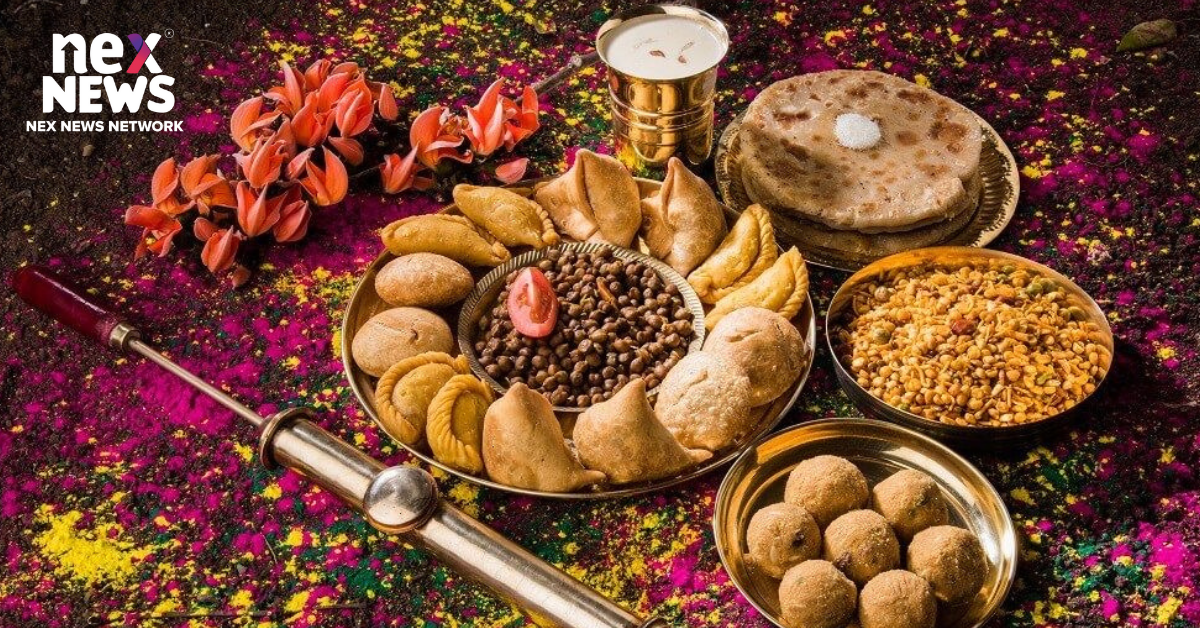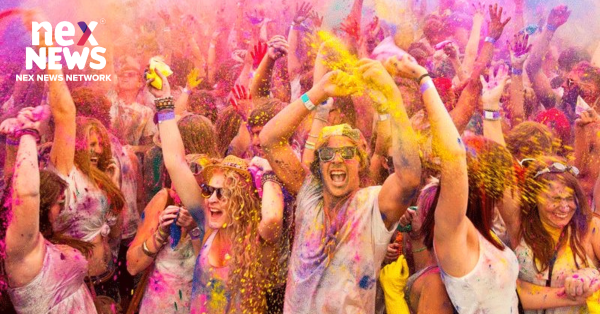As the vivid splashes of color adorn the streets and spirits of India, Holi, the festival of colors, resurfaces with its timeless celebration steeped in cultural heritage. Embedded within the fabric of Indian tradition, Holi holds a rich tapestry of history, tracing back through the ages. Originating from ancient Hindu mythology, the festival commemorates the triumph of good over evil, with the legend of Holika and Prahlad serving as its cornerstone narrative. Through time, Holi has evolved into a communal revelry, transcending religious and cultural boundaries to become a unifying force across the nation. It's a jubilant occasion where people of all ages come together, dousing each other in vibrant hues of powdered pigment, fostering bonds of friendship and forgiveness. Beyond its playful exterior, Holi signifies the rejuvenation of nature, heralding the arrival of spring and the promise of new beginnings.
Ancient Mythology and Symbolism:

Holi, much more than a festival of colors, embodies profound mythological narratives and spiritual symbolism. Rooted in ancient tales, one of the most prominent legends revolves around the defeat of the Asura king Hiranyakashipu by an avatar of Lord Vishnu. Hiranyakashipu's demise, despite his seemingly invincible boon, symbolizes the victory of good over evil. The ritual of Holika Dahan, where a pyre is lit to commemorate this victory, reinforces this symbolism.
Another tale entwined with Holi is the divine love between Lord Krishna and Radha. In the heartland of Braj, where Krishna spent his childhood, the festival extends beyond a day, culminating in Rang Panchmi, celebrating the playful exchange of colors between the divine couple. This legend underscores the deeper essence of Holi, emphasizing unity, love, and the dissolution of differences.
Cultural Significance and Popular Celebration:
Beyond its mythological roots, Holi serves as a cultural touchstone, fostering camaraderie and joy among people. It transcends barriers of caste, creed, and age, inviting everyone to partake in its exuberant festivities. The tradition of applying colors, splashing water, and exchanging sweets brings communities together, fostering bonds of friendship and forgiveness.
Countless anecdotes and songs narrate tales of reconciliation and merriment, echoing sentiments of renewal and harmony. The famous Hindi song, "Holi ke din dil khil jaate hain, rangon mein rang mil jaate hain," encapsulates this spirit, capturing the essence of hearts blooming and colors mingling on this auspicious day.
Global Fascination and Influence:
Holi's allure transcends geographical boundaries, captivating the imagination of people worldwide. Historically, European observers marveled at the festival's vivacity, portraying it as a kaleidoscope of colors and cultural vibrancy. Despite initial linguistic challenges in spelling and pronunciation, Holi found its place in English dictionaries, reflecting its enduring impact on global culture.
Culinary Delights and Traditions:

No celebration of Holi is complete without indulging in traditional delicacies like gujia and the quintessential bhang. While gujia tantalizes taste buds with its sweet fillings, bhang adds an adventurous twist to the festivities. Prepared from cannabis leaves and seeds, bhang infuses the celebrations with an element of euphoria, further enhancing the joyous ambiance of Holi.
Conclusion:
As India and the world embrace the jubilant spirit of Holi, the festival continues to weave together strands of mythology, culture, and tradition. Beyond its superficial portrayal as a festival of colors, Holi embodies profound narratives of resilience, love, and communal harmony. As the colors merge and hearts unite, Holi serves as a poignant reminder of humanity's capacity for joy, forgiveness, and celebration.
